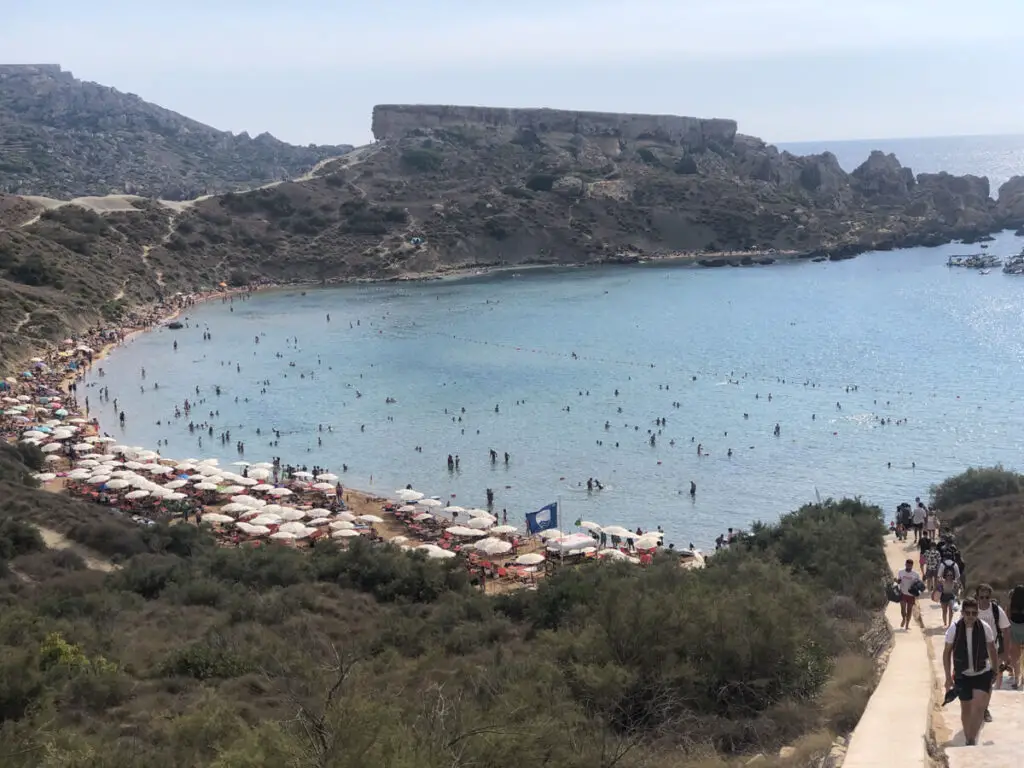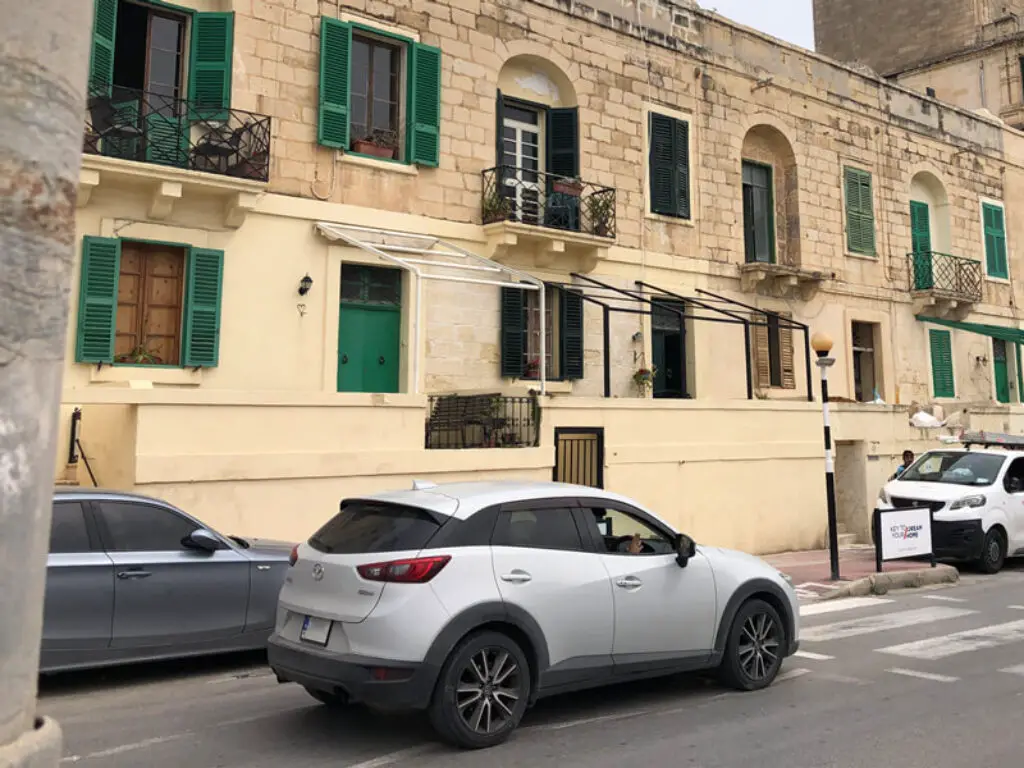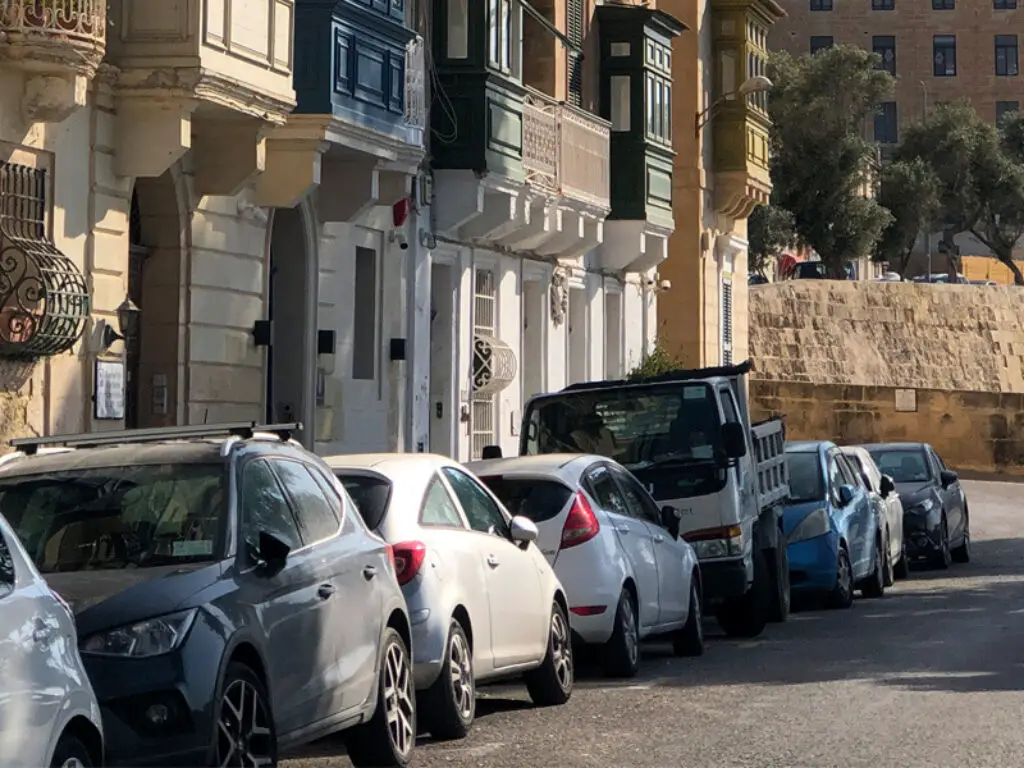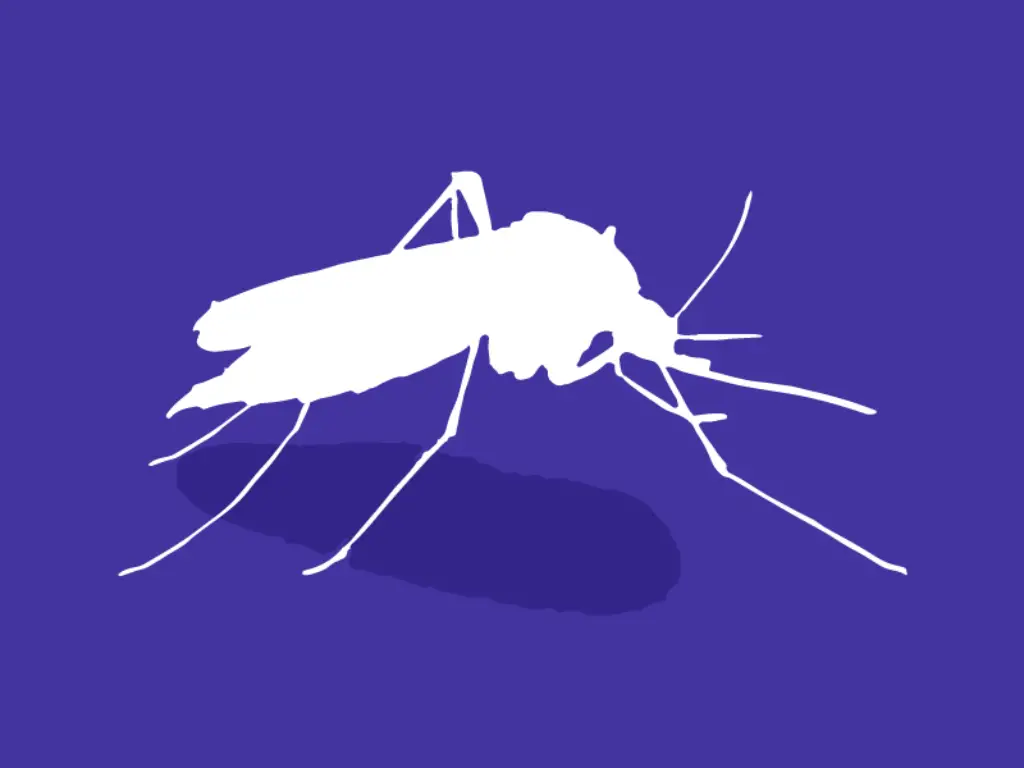UV in Malta: Monthly Levels and Guidelines

On average, Malta experiences around 300 days of sunshine per year thanks to its Mediterranean climate. This means that the majority of days throughout the year are sunny or partly sunny, and perfect for exploring the islands. Nevertheless, it’s important to bear in mind the elevated levels of UV in Malta to ensure your stay is pleasant.
The sun is strong in Malta with the UV index averaging between 5 to 10 between March to October. The UV levels can be intense, particularly from June until September when UV peaks, making sun protection essential. Sunscreen, protective clothing, and seeking shade during peak hours are recommended to prevent sunburn and skin damage.
Average UV Index in Malta By Month
| Month | Average UV Index |
| January | 2 to 3 (Low to Moderate) |
| February | 2 to 3 (Low to Moderate) |
| March | 4 to 5 (Low to Moderate) |
| April | 5 to 6 (Moderate) |
| May | 6 to 7 (Moderate to High) |
| June | 7 to 9 (High to Very High) |
| July | 9 to 10 (Very High) |
| August | 9 to 10 (Very High) |
| September | 7 to 8 (High) |
| October | 5 to 6 (Moderate) |
| November | 3 to 4 (Low to Moderate) |
| December | 2 to 3 (Low to Moderate) |
Typically there is not much fluctuation in UV levels in Malta from one year to the next, but readings can change slightly from year to year. These variations stem from the general the ebb and flow of prevailing weather patterns.
During winter time, you do not need to concern yourself over the UV levels on the island, they are typically low to moderate and safe. However from March to April the UV level starts increasing and is about the time you need to start checking the UV levels from official sources.
Temperatures in Malta have frequently peaked around mid-July in recent years. Based on historical weather data, the hottest day in Malta, often falls during the months of July or August. However, specific dates can vary from year to year.
In peak summer months any reading surpassing the threshold of 10 enters the realm of “extremely dangerous” UV exposure. Malta on occasion had scorching heatwaves with 40°C plus temperatures. During these days the UV soared to extraordinary heights, even reaching an alarming level of 12.
In the face of this staggering UV intensity, prolonged exposure could lead to severe sunburn and inflict lasting damage upon the skin, escalating the vulnerability to skin cancer. In such cases you need to be more cautious, especially if you are travelling with young children or the elderly who are more vulnerable.
In extreme UV you should seek shelter during peak hours and apply a high SPF sunscreen as an essential safeguard. Shielding your skin from the perils of the intense UV radiation becomes a non-negotiable priority during these times.
Choosing the Best SPF for Different Times of the Year
Choosing the correct sunscreen along with the suitable sun protection factor (SPF) is essential to safeguard yourself from the sun’s rays.
During the months of December until February, when UV levels are lower in Malta, you do not need to apply sunscreen. However from March to May and October to November you should consider wearing a broad-spectrum sunscreen with an SPF of 30. During June to September, when UV is stronger an SPF of 50 or higher will provide better protection.
There are some differences in regulations in different countries, formulations, and labelling practices of sun screens. The effectiveness of a sunscreen depends on various factors, including its SPF (Sun Protection Factor), broad-spectrum protection (covering both UVA and UVB rays), and how well it is applied and reapplied.
When choosing a sunscreen, it’s important to look for one that provides broad-spectrum protection and an appropriate SPF for your skin type and the level of sun exposure you expect. Always check the labels, look for trusted brands, and consider your specific requirements when selecting a sunscreen.
Here are some popular sun screens that also come in a handy 100ml size, perfect for packing in your carry on luggage.
SPF 30 Sunscreen – Travel Size, Cabin Bag Only Trips
SPF 50 Sunscreen – Travel Size, Cabin Bag Only Trips
Kids SPF 50 Sunscreen -Travel Size, Cabin Bag Only Trips
When to Avoid the Sun in Malta
The peak hours of the sun in Malta, as in many places, typically occur during the late morning to early afternoon when the sun is at its highest point in the sky. This corresponds to the period around solar noon, which is when the sun reaches its peak. In Malta, during the standard time (not accounting for daylight saving time), solar noon occurs around 12:30 PM local time.
Peak hours of sun in Malta are generally from around 11:00 AM to 2:00 PM. During these hours, the sun’s rays are more direct and intense, leading to higher UV levels. During summer this increases the risk of sunburn and skin damage. It’s advisable to take precautions during these times, to minimize the potential harmful effects of prolonged sun exposure.
What to Do if You Get Too Much Sun Exposure
Excessive sun exposure can have various adverse effects on your skin and overall health. Symptoms could include sunburn, premature ageing, skin damage, a weakening of the immune system, eye damage and dehydration.
Heat exhaustion and heatstroke in particular can be life-threatening if not treated properly. Hence, consulting a doctor if you are not feeling well due to sun exposure is essential.
For sunburn you could always resort to applying some Aloe Vera gel to sooth the burns. This Aloe Vera gel is inexpensive and comes in 100ml bottles suitable for carry on luggage.
Dehydration is a critical symptom to treat because it can disrupt bodily functions leading to electrolyte imbalances, reduced blood volume, and impaired organ function. Left untreated, severe dehydration can pose serious health risks and potential life-threatening complications.
Two recommended solutions to overcome dehydration are to consume either Gatorade or Diorolyte to get you back on track. However they have different compositions and purposes.
Gatorade contains a significant amount of sugar to enhance its taste, which might not be ideal for individuals with certain health conditions like diabetes. Additionally, excessive sugar intake can also worsen dehydration due to its diuretic effect.
While Gatorade contains electrolytes like sodium and potassium, it might not have the ideal balance of electrolytes needed to rapidly replenish fluids lost during dehydration.
On the other hand, Dioralyte is designed specifically for rehydration. It typically has a balanced composition of electrolytes, including sodium, potassium, and glucose, which helps in restoring the body’s electrolyte balance and rehydrating more effectively. There is Dioralyte for adults and Dioralyte for kids of a minimum of 1 year.
Dioralyte is a good addition to any first aid kit with compact sachets that may come in handy. However, consulting a healthcare professional is recommended especially in cases of severe dehydration or when dealing with specific health concerns.
Related Articles

Driving in Malta: A Complete Car Rental Guide

Driving Into Valletta: Parking, Fees, and Access Regulations

Mosquitoes in Malta: Insights and Prevention Tips